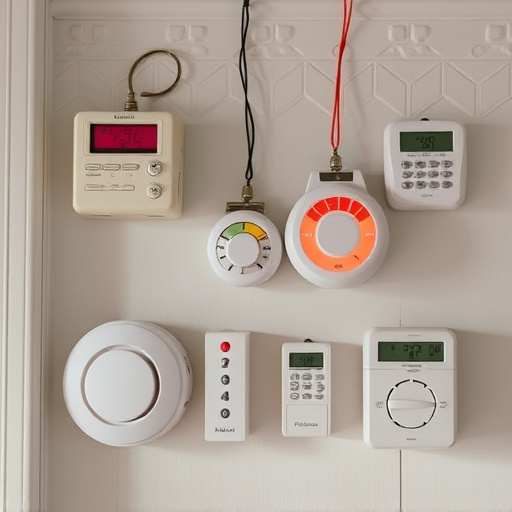Lone workers face unique safety challenges, and choosing between rechargeable and battery-powered personal alarms is crucial for their well-being. Rechargeables offer cost and environmental benefits but require reliable power, while batteries provide instant protection but need regular replacement. Effective safety systems should consider these factors, integrating clear protocols, testing, user training, and adaptive reviews to ensure optimal alert effectiveness in remote or hazardous environments.
Lone workers face unique safety risks, making it crucial to implement effective alert systems. This article explores critical aspects of lone worker safety, with a focus on rechargeable vs. battery-powered personal alarms. We delve into best practices for implementing alert systems, ensuring the well-being of individuals working in isolation. Understanding these differences is key to selecting the most suitable and reliable solution for remote monitoring and emergency communication.
- Understanding Lone Worker Safety Risks
- Rechargeable Vs Battery Personal Alarm Features
- Best Practices for Effective Alerts Implementation
Understanding Lone Worker Safety Risks
Lone workers, by definition, operate without immediate supervision or support from colleagues. This isolation can amplify safety risks, making it crucial to understand and mitigate potential hazards. These risks vary widely based on the industry and specific job duties but often include unexpected incidents, emergency situations, and health emergencies. For instance, a lone worker in a remote construction site faces different dangers than someone managing an after-hours office, yet both require robust safety measures.
One key consideration in addressing these risks is the choice between rechargeable and battery-powered personal alarms. Rechargeable options offer cost and environmental benefits with their ability to be topped up, but they may depend on reliable power sources. Battery-powered alarms, while requiring regular replacement, provide instant, fail-safe protection—a critical factor in time-sensitive or high-risk scenarios. Understanding these dynamics is essential in designing effective safety systems tailored to the unique needs of lone workers.
Rechargeable Vs Battery Personal Alarm Features
When choosing a personal alarm for lone workers, understanding the difference between rechargeable and battery-powered devices is essential. Rechargeable alarms offer a cost-effective and eco-friendly option, eliminating the need for frequent battery replacements. These devices can be easily recharged through standard outlets, ensuring they’re always ready for use. On the other hand, battery personal alarms provide immediate deployment capabilities, as they don’t require charging. This makes them ideal for situations where quick access is crucial, such as in remote work environments or during emergencies when time is of the essence.
Battery-powered alarms often come with long-lasting batteries, allowing them to operate for extended periods without needing a recharge. However, regular replacement of these batteries is necessary, which can be seen as a disadvantage in terms of both cost and environmental impact. In contrast, rechargeable alarms may require initial investment for purchasing the device but offer long-term savings by eliminating battery purchases. This makes them a more sustainable choice for organizations managing multiple personal alarms.
Best Practices for Effective Alerts Implementation
Implementing effective safety alert systems requires careful consideration and best practices, especially for lone workers who operate in remote or potentially hazardous environments. One key aspect is choosing between rechargeable and battery-powered personal alarms. Rechargeable options offer environmental and economic benefits by reducing waste from disposable batteries. However, battery-powered alarms might be more suitable in extreme conditions where regular recharging isn’t feasible.
To maximize alert effectiveness, ensure clear communication protocols are established—regular testing and maintenance of devices, intuitive user interfaces for quick activation, and integration with emergency services for rapid response. Additionally, training employees on the system’s functionality and importance can significantly enhance its impact. Regular reviews and updates to safety protocols should also be implemented to adapt to evolving work dynamics and potential new risks.
Lone worker safety alert systems are essential tools for ensuring the well-being of individuals working in isolation. By understanding the unique risks they face and implementing best practices, organizations can foster a culture of safety. When choosing between rechargeable and battery-powered personal alarms, consider factors like reliability, ease of use, and cost-effectiveness. Ultimately, effective alert systems empower lone workers, enabling them to promptly access help when needed.
